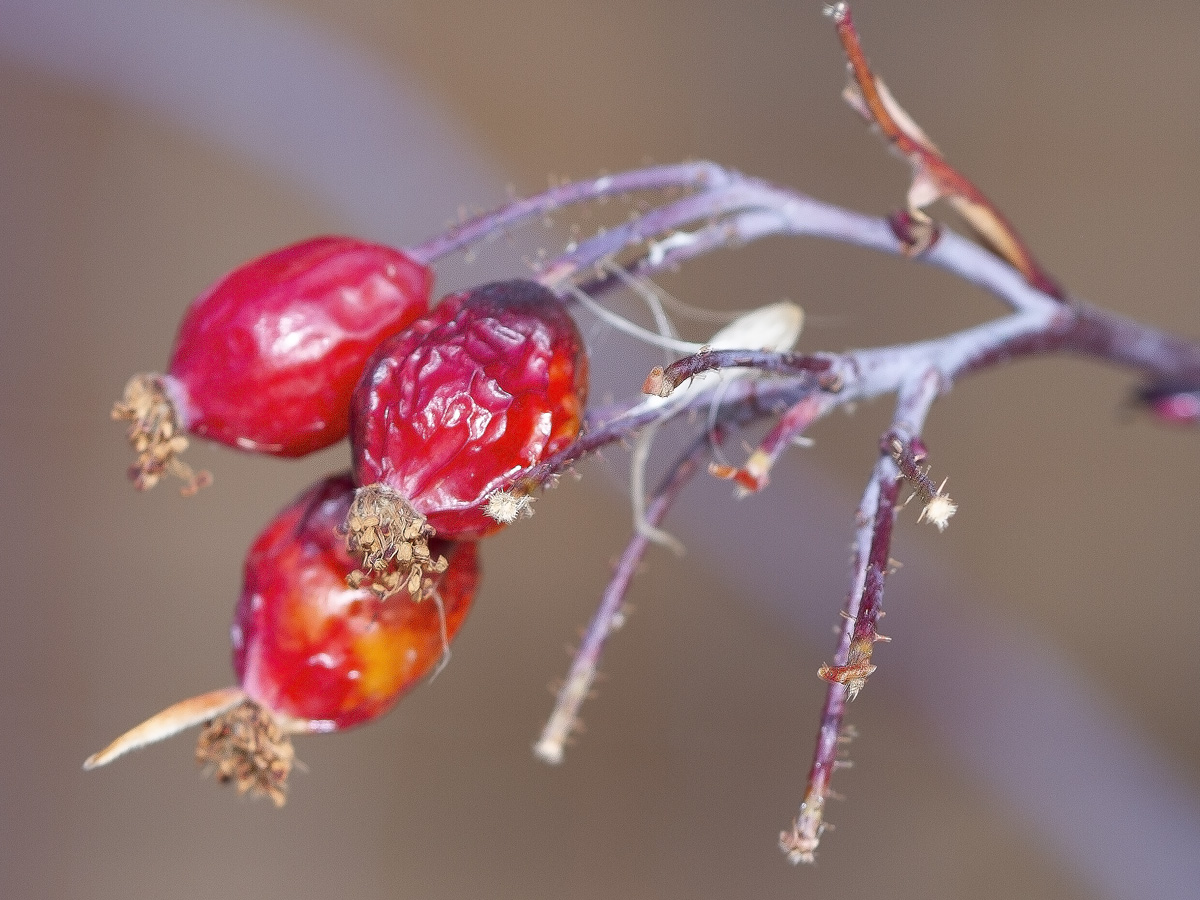The steady approach of autumn

Photo by Deborah Maier
It seems like we’ve just begun to enjoy the garden, when fall frost beckons, and we need to start putting the garden to bed. So, what does this mean? It means getting the garden ready to be tucked under a blanket of snow. Mostly, it’s about tidying the garden.
If you have houseplants that you bring outside for the summer, it’s time to start transitioning them to become comfortable with the indoor environment. Just as you hardened them off to outdoor conditions, it’s recommended to gradually get them used to being indoors. Start by moving them into a shady spot during the day; then bringing them inside at night. Finally, to bring them in the house, wash the leaves with mild soap and water and rinse with clean water. Remove and replace the top inch of soil, or even clean the roots of soil completely and repot, so you don’t bring any pests into the house. (Even with these measures, I would still recommend isolating these plants from your other houseplants for a couple of weeks.) Check the plants regularly to be certain that they are pest-free.
It’s also time to bring in tender garden perennials and tender bulbs (dahlias, for example), that you would like to replant next year. I like to overwinter under lights in my basement: geraniums, ivy, heart-leafed ice plants, fuchsias, tomatoes, and rosemary. This year, I’m adding a bay laurel plant to the basement “garden”. For tender plants that I really want to keep, I take cuttings by the first week of September to root-up, so I’m certain to have one if we get an unexpected early frost. Every year, I plan on making the transition indoors in an orderly manner, but usually it’s a “grab the pots, there’s going to be a hard frost tonight!” flurry of activity.
This overwintering practice came in very handy this spring, as I was able to use my basement garden to fill my decorative doorstep containers with plants and avoid the spring crowds at the garden centres.
Come fall, these decorative containers should be emptied and stored where they won’t get damaged by winter activities. Porous clay pots, especially, should be kept in a dry location to prevent breakage by ice formation in fine cracks or the clay’s pores.
The leaves and stems of any plants that have had a disease—powdery mildew for example—should be removed and placed in the garbage. Leaf debris from herbaceous perennials can be gathered and put in the compost bin. However, to provide winter interest and food for birds, seed heads of healthy plants may be left standing until late winter or early spring. The pruning of shrubs and roses should be left until spring to reduce the impact of winter kill.
The leaves of deciduous trees, except poplars, make an excellent mulch for a garlic bed. If you can, save dried leaves to add to the compost bin throughout the winter. Dried leaves are the brown component of a good compost mix that is frequently missing. If you are surrounded by poplar trees, it’s best if you can crush the leaves when they are dry to make them fine enough to use in your compost. A suggestion that I will try this year is to use a grass trimmer in a garbage bin to pulverize the dried leaves. If leaf storage or in-yard composting aren’t options for you, then be sure to place the leaves in your green bin. Once the green bin is filled, additional leaves may be placed in paper yard-waste bags and put out with your green bin for pick up.
While it’s nice to have a tidy yard at the end of the season, it shouldn’t be too tidy. Leave some shelter piles of leaves, sticks, and mulch for ladybugs to overwinter in. I find that our deciduous trees lose most of their leaves within a two-week period. I usually have two leaf-raking sessions, then let whatever else falls be and let it provide shelter for the small creatures in my yard.
As part of the winter-prep activities, it’s also important to keep watering evergreen trees, shrubs, and plants until the ground starts to freeze. The lawn should be mowed and a winterizer fertilizer applied. And let’s not forget about bulb planting! Garlic and spring blooming bulbs are planted in the fall.
With the outdoor chores completed, it’s time to cozy-up with your garden journal, and start making plans for next year!
